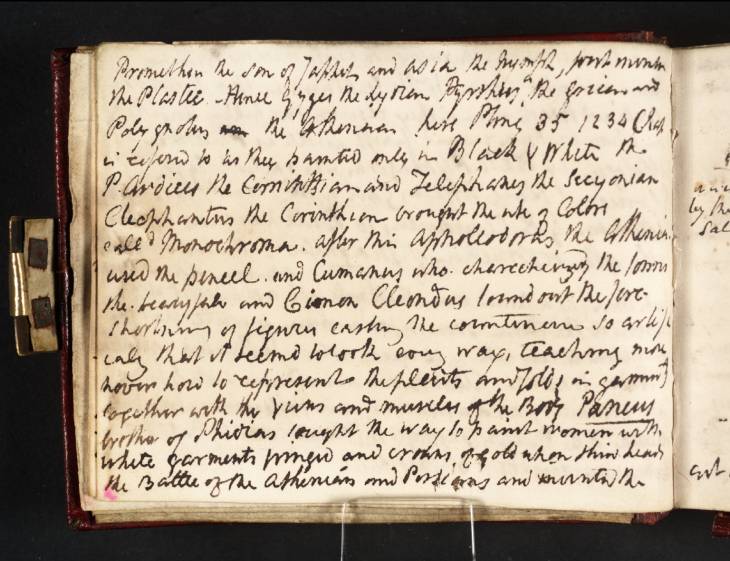1909
A.J. Finberg, A Complete Inventory of the Drawings of the Turner Bequest, London 1909, vol.I, p.288, CVIII 2a, as ‘“Prometheus the son ...”’.
1975
Mordechai Omer, ‘Turner and “The Building of the Ark” from Raphael’s Third Vault of the Loggia’, The Burlington Magazine, vol.117, November 1975, pp.698, 701.
1984
Jerrold Ziff, ‘Turner, the Ancients, and the Dignity of the Art’, Turner Studies, vol.3, no.2, Winter 1984, pp.45–6, 49 note 6.
1994
Maurice William Davies, ‘J.M.W. Turner’s Approach to Perspective in his Royal Academy Lectures of 1811’, unpublished Ph.D thesis, Courtauld Institute of Art, London 1994, p.287.

